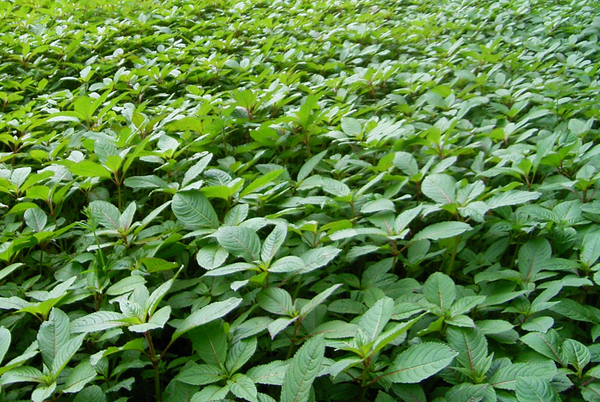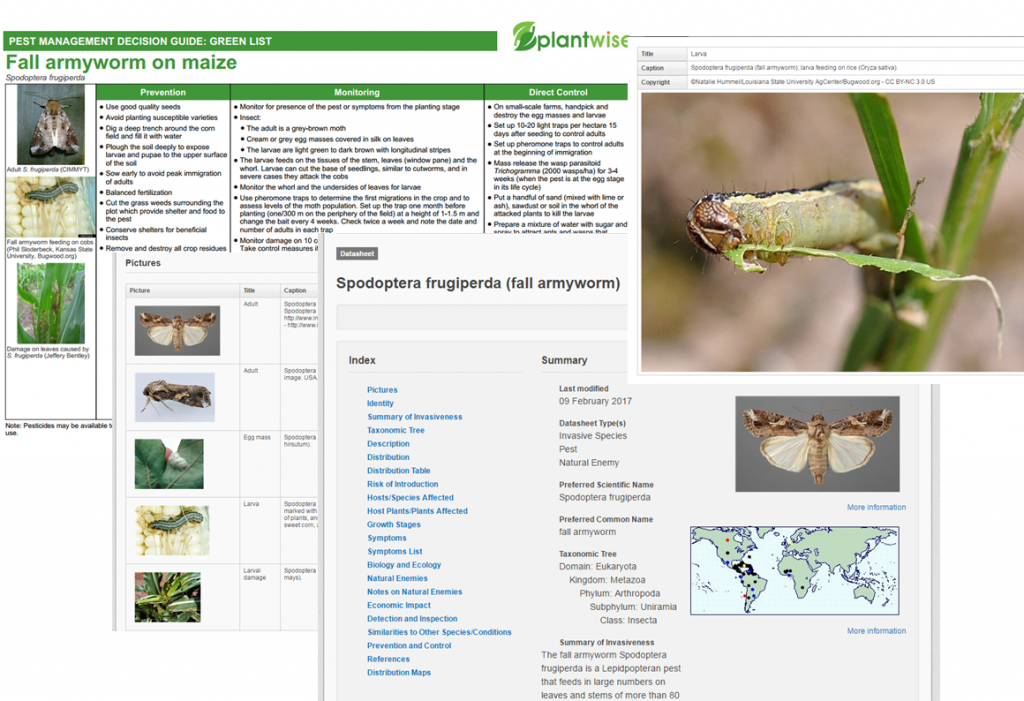CABI scientists shed light on factors affecting the use of biological control
By Julien Dougoud. Reblogged from the Plantwise blog Human health issues arising from the use of synthetic pesticides and concerns about their environmental toxicity are making lower-risk alternatives increasingly attractive. Biological control agents are living organisms which reduce harmful pest populations. Many people know of the common ladybird, whose larvae feed on aphids, but a wide…
Invasive plants to devastate annual wildebeest migration
According to new research, scientists found that a number of invasive alien plant species initially introduced as ornamental plants at tourism facilities are now spreading rapidly throughout the Serengeti-Mara ecosystem, posing a major threat to wildlife, including the annual wildebeest and zebra migration as well as a range of other plant and animal species.
Five invasive pests cost African smallholders $1 billion every year
New research by CABI reveals that just five invasive alien species are causing US$0.9 – 1.1 billion in economic losses to smallholder farmers across six eastern African countries each year, equating to 1.8% – 2.2% of total agricultural GDP for the region. These losses are expected to grow to $1.0 – 1.2 billion per year…
Highlighting forests’ vulnerability to invasive species
After habitat destruction, invasive alien species are the second biggest threat to biodiversity worldwide. It has a significant impact on livelihoods and the economy, incurring losses of USD$1.4 trillion a year. Prior to 2012 many South-East Asian countries lacked the policies and information on the presence, distribution and impact of invasive species to properly manage this…
The locust invasions devastating Niger
It is the end of December 2016, with clear skies over Niger. But as 2017 draws near prospects are grim for some 500 residents in Bani Kosseye, a village 80km from the capital Niamey. Agricultural production has been poor here, and families’ meagre stocks are expected to run out within a few weeks. People already fear…
Alien species on the rise worldwide
New research shows rates of alien species’ introduction are higher than ever. The increase in numbers of alien species does not show any sign of saturation at a global level, an international team of 45 researchers led by scientists from Senckenberg, Germany, and University of Vienna, Austria, has discovered. CABI’s Dr Marc Kenis, based in…
Where to find CABI’s open-access information on fall armyworm
The fall armyworm, Spodoptera frugiperda, is making headlines worldwide for all the wrong reasons. The caterpillar crop pest, native to the Americas, was reported in Africa for the first time last year and is now rapidly marching across the continent. It is a voracious pest of maize and other staple crops and has already destroyed…
Taming ornamental plant invasion in Kenya
In this video, scientists and local people explain the dangers of Opuntia stricta, an invasive cactus weed covering large tracts of land in Kenya’s semi-arid Laikipia County, and efforts in place to tame its spread and adverse impacts.
CABI’s new biocontrol video
CABI has produced a new video which focuses on how we are using biological control, or biocontrol, to manage some of the worst invasive species that are affecting farmers’ livelihoods.
My UK adventure
By Fernadis (Feddy) Makale, MRes, CABI It all started with a single application email after coincidentally stumbling on a scholarship ad online. Landing in the UK at almost sub-zero temperatures I didn’t know what was ahead of me. I had successfully won a scholarship for a Research Masters (MRes) degree co-funded by CABI and…


